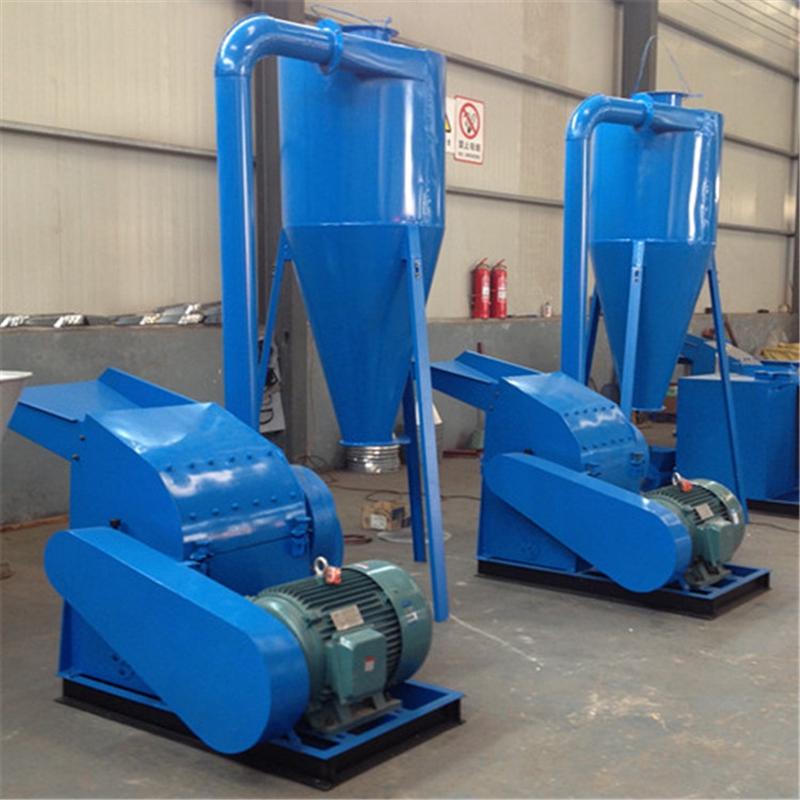Feed Pelletizing Machinery for Efficient Livestock and Aquaculture Nutrition Solutions
តុលា . 13, 2024 03:06 Back to list
Feed Pelletizing Machinery for Efficient Livestock and Aquaculture Nutrition Solutions
Feed Pelletizer Machines Revolutionizing Animal Nutrition
In the realm of animal husbandry and aquaculture, the importance of high-quality feed cannot be overstated. As livestock and fish farming practices evolve, the demand for efficient, cost-effective, and nutritious feed solutions has surged. This is where feed pelletizer machines come into play, revolutionizing the way we produce animal feed.
Understanding Feed Pelletization
Feed pelletization is the process of compressing and molding feed ingredients into small, cylindrical pellets. This method not only increases the palatability of the feed but also enhances its nutritional value. By converting raw materials into pellets, producers can create a stable and nutritious product that is easier to store and transport. Additionally, pellets reduce feed wastage, as animals tend to consume them more effectively than loose powders.
The Mechanics of Feed Pelletizer Machines
Feed pelletizer machines come in various designs, each suited for different scales of production. Typically, these machines work by forcing raw feed ingredients through a die using a rotating roller system. The friction and pressure applied during this process cause the materials to heat up, which helps bind them together into pellets.
There are two main types of feed pelletizer machines flat-die and ring-die.
1. Flat-die Pelletizers These are more commonly used by smaller farms and operations due to their lower cost and simpler design. They are ideal for producing small quantities of feed and are relatively easy to operate and maintain.
2. Ring-die Pelletizers These machines are suited for larger-scale operations and have a higher production capacity. The ring-die design allows for continuous operation, making them more efficient in delivering large volumes of pellets. Their construction is more complex, but they produce pellets that are more uniform in size and density.
The Benefits of Using Feed Pelletizer Machines
1. Enhanced Nutritional Value Through the pelletization process, the digestibility of feed ingredients improves. Heat generated during the process can also help eliminate harmful bacteria and pathogens, contributing to a healthier diet for livestock.
2. Increased Feed Efficiency Animals tend to consume pellets more readily, resulting in less feed wastage. Pellets are easier to digest, providing better feed conversion ratios and ultimately leading to improved growth rates in livestock and fish.
feed pelletizer machines

3. Cost-Effectiveness By efficiently utilizing raw materials, pelletizers help farmers reduce overall feed costs. The ability to produce customized feed formulations allows farmers to formulate rations that best meet the nutritional needs of their animals, further optimizing their investment in feed.
4. Convenient Storage and Transport Pellets occupy less space than traditional feed forms and are easier to transport without the risk of spillage. Their compact size allows for easier handling and bulk storage.
5. Eco-Friendly Solution With increased efficiency in production and feed utilization, pelletizer machines help in minimizing environmental impact. Reduced wastage and improved feed conversion contribute to lower greenhouse gas emissions from livestock farming.
Key Considerations When Choosing a Feed Pelletizer Machine
When selecting a feed pelletizer, farmers and producers should consider several factors
- Production Scale Determine the volume of feed required for your operation and choose a machine that meets your production needs.
- Raw Materials Different machines may handle various types of raw materials. Ensure that the selected pelletizer can accommodate the ingredients you plan to use.
- Budget and ROI Analyze the initial investment compared to potential savings on feed costs. Look for machines that provide a good return on investment in the long run.
- Maintenance and Support Choose machines that come with reliable customer support and easy access to spare parts. Regular maintenance is critical for ensuring operational efficiency.
Conclusion
Feed pelletizer machines are a vital tool in modern animal nutrition, providing a more efficient, cost-effective, and sustainable way to produce high-quality animal feeds. As the global demand for protein sources continues to rise, adopting innovative technologies like pelletizers will be essential for meeting this demand while ensuring the health and well-being of livestock and aquatic species. Whether you are a small farmer or a large-scale producer, investing in a feed pelletizer machine can significantly enhance your feeding strategy, contributing to a more sustainable future for agriculture.
-
High Performance Exhaust Fan – Efficient Ventilation Solutions for Home
NewsJun.10,2025
-
High-Quality Gestation Pen for Sows Durable Mobile Pig Pen & Simple Pig Pen Solutions
NewsJun.10,2025
-
High Quality Rabbit Cage Double Tier Designs & Welded Wire Mesh Supplier
NewsJun.10,2025
-
Floating Fish Feed Machine - High Efficiency Floating Fish Feed Extruder for Small Scale Production
NewsJun.10,2025
-
Premium Poultry Housing Solutions Mobile & Commercial Free Range Options
NewsJun.10,2025
-
Industrial FRP Fans Corrosion-Resistant Blades & Centrifugal Systems
NewsJun.09,2025






